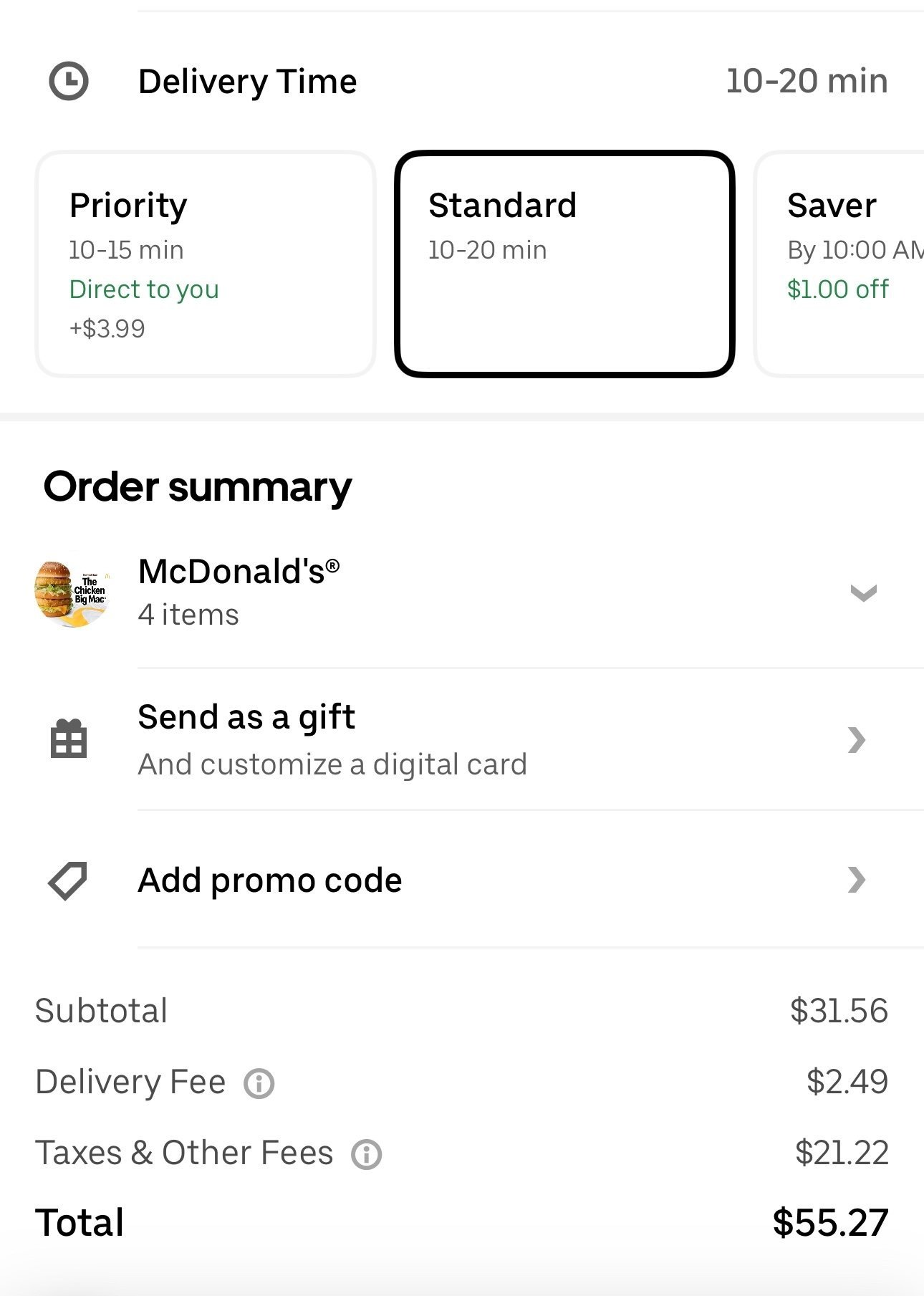Fifty Dollars Is the New Twenty Dollars: The rising cost of food delivery in inflationary cities
There's a joke that circulates around New York City: if you want dinner delivered and your wallet to stay relatively intact, you'd better order breakfast (if that is even possible). What once felt like an occasional indulgence—an effortless click of "order now" to summon a steaming bowl of ramen or a perfectly folded falafel—is fast becoming a luxury, a symbol of inflation's creeping hand tightening its grip around our wallets. Today, that $20 indulgence is now a solid $50 after delivery fees, service charges, and inflated menu prices.
Inflation has done more than just swell the cost of groceries; it’s dramatically altered the economics of food delivery. The pandemic, which once made these services feel essential, paved the way for an industry poised for growth. Services like DoorDash, Uber Eats, and Grubhub became our lifeline to the world outside, bringing restaurants to us when we couldn’t go to them. But what was once seen as a bridge to normalcy has transformed into a new economic reality: the convenience we got used to comes at an ever-rising price.
Where once a delivery app presented a tantalizing alternative to cooking at home, today it's a mini spreadsheet of hidden costs. That poke bowl listed at $18? Tack on delivery fees, tax, a suggested 15-20% tip, and an additional fee for small orders, and you’re staring down a receipt that could rival your grocery budget for the week. Even more, restaurants themselves are raising prices on delivery apps to absorb the hefty commissions (sometimes up to 30%) that these platforms extract from their margins.
Inflation’s impact on the cost of food is one thing. But when combined with the logistical pressures of the gig economy—fuel prices, wage demands, the hidden costs of tech—the result is a new kind of sticker shock. What used to be a splurge is now a serious consideration: Do I really need this $50 burrito? Is it worth paying double for the same bowl of pasta I could cook for a fraction of the cost?
The trend extends beyond New York. Across the country, inflation has reshaped how we view convenience, forcing people to reconsider the trade-offs between time, effort, and cost. For urbanites who once lived by their delivery apps, this is a new landscape, one where cooking at home no longer feels like a chore but an economic strategy.
And while restaurants and delivery platforms battle over who gets to claim the biggest slice of the pie, the consumer stands at the crossroads, watching that once affordable indulgence become yet another sign of a shifting economy. If $50 really is the new $20, what does that mean for the future of how we eat? Is the delivery boom simply a bubble inflated by convenience, waiting to burst under the weight of rising costs, or is this the new status quo?
The next time that delivery app pings with a suggestion for your "usual," take a deep breath before you click. The price of convenience, it seems, is more than ever—literally.
Reciept for 2 egg mcmuffin meals 2 hashbrowns.
